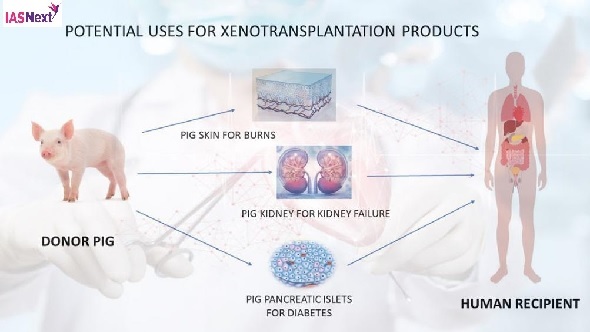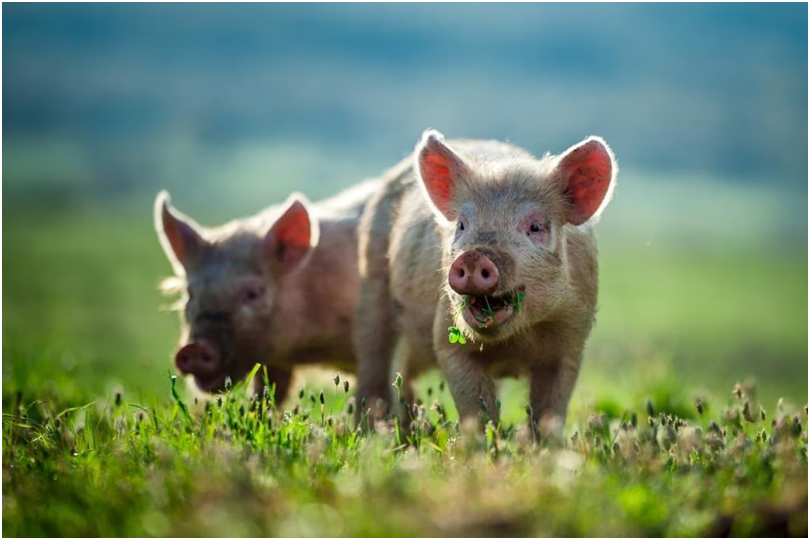CURRENT AFFAIRS
Get the most updated and recent current affair content on Padhaikaro.com
Pig heart transplant
- IAS NEXT, Lucknow
- 17, Jan 2022

Reference News:-
Surgeons in the US have transplanted a pig’s heart inside a human patient in a bold endeavour that represents a remarkable first in the world of medical science.
- This success could potentially end the years-long backlog of people waiting to receive a healthy organ and open up a brave new world of possibilities.
Xenotransplantation:
Xenotransplantation is the process of grafting or transplanting organs or tissues between members of different species.
- It has been pursued by modern medical science for decades, but experts have found it difficult to surmount the challenge presented by the immune system’s rejection of an alien organ, ending in deadly outcomes for patients.

- The transplanted heart was harvested from a pig that had undergone genetic editing that saw scientists remove three genes “that would have led to rejection of pig organs by humans” along with one that would have led to excessive growth of pig heart tissue.
- Further, six human genes that would have facilitated the organ’s acceptance by the human body were inserted into the pig genome, meaning that a total of 10 unique gene edits were carried out in the pig by the US biotech firm Revivicor.
Why pigs?
Pigs are increasingly becoming popular candidates for organ transplantation. This is because their organs are anatomically similar to those of humans. What’s more, porcine components are more tuned for genetic engineering.
The organ shortage problem:
- In India, patients need 25,000-30,000 liver transplants annually. But only about 1,500 end up receiving them.
- Similarly, nearly 50,000 persons suffer from heart failures annually. Still, only about 10-15 heart transplants are performed every year.
- One of the biggest obstacles to transplantation is organ rejection. Scientists have addressed the problem by genetically altering pigs’ organs.
Early Xenotransplantation attempts:
- A spate of kidney, liver and heart transplants from non-human primates to humans happened in the 1970s. A majority of them failed.
- This is attributed to organ rejection — our immune system rejects agents that are foreign to the body. Surgical complications were also behind the failure.
- In 1984, a human infant received a heart from a baboon. She died 21 days after the transplant.
Primates fell out of favour in the 1990s because they were susceptible to virus spread. This brought pigs into the spotlight.
Breakthroughs so far:
- In 2017, Chinese surgeons reportedly transplanted pig cornea to restore sight in a human.
- In 2020, US experts attached a genetically-altered kidney to a brain-dead person.